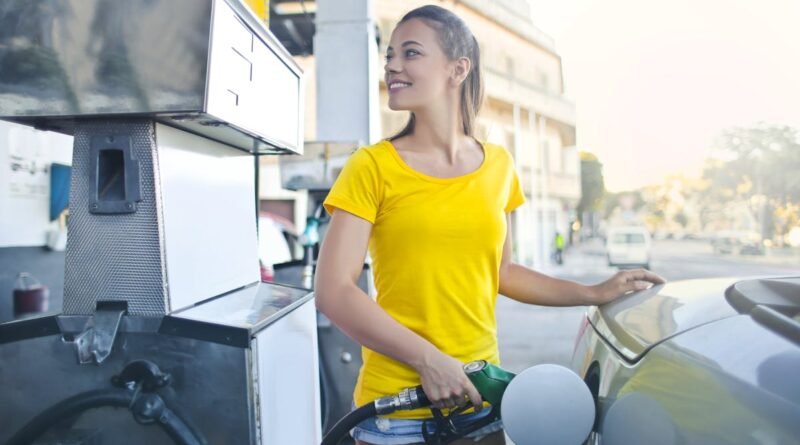6 TIPS TO SAVE FUEL UP TO 50%
Some basic measures will help you burn gasoline more efficiently and hence get more out of each liter. Check out 6 tips below that will help you drive more while spending less:
1) Slow down
When you press your foot on the accelerator, think about it: your vehicle consumes 25% more fuel when it’s at 140 km/h than when it’s at 110 km/h. This makes a significant difference when filling the tank! The reason is that the higher the speed, the greater the air resistance. And the greater the air resistance, the greater the consumption. So, take your foot off the accelerator if you want to ease your pocket!
2) Inflate the tires correctly and keep the steering aligned
When the air pressure of the tires is low, the friction of the tires against the ground is high, thus consuming more fuel. In case you don’t really know the right tire pressure, you can find it in your manual of the vehicle.
The importance of steering alignment follows the same principle. To imagine what this greater fuel consumption is like in practice, imagine that you are riding a bicycle with a flat tire or with the steering out of alignment: you will have to make much more effort to keep pedaling. The same happens to your vehicle when you neglect correct tire inflation or steering alignment.
3) Use air conditioning wisely
Turning the car off raises fuel consumption by only about 20%, since the compressor is driven by a belt connected to the engine. Naturally, air conditioning is extremely convenient, and you certainly don’t need to eliminate it altogether. Just make an effort not to use the air conditioning unnecessarily, through means such as insulation and parking in the shade, in order to avoid having to turn it on when the car starts moving. And for heaven’s sake, turn it off if you have the windows open!
4) Keep an eye on the oil level and air filter
Check the oil level every week. It is critical to determine if the oil is of poor quality or has expired. In these instances, fuel consumption is higher because the engine experiences more friction, causing it to heat up. Change the oil per the instructions in your car’s handbook.
As for the air filter, it is essential that it is clean. Follow your car’s manual to find out how often you should change the filter at the right time. When the air filter is dirty, the air flow to the engine becomes smaller, which affects the ideal fuel and air mixture for good engine performance.
5) Don’t carry unnecessary weight
Especially when traveling, many like to leave with a car full of cargo. Many things that could be left behind end up increasing the weight in the vehicle, which will cost more in your pocket when it comes to filling up. Bike racks and even clay can be unnecessary weight. Dispose of what will not be used on your trip!
6) Dilute your expenses
This tip is the most sustainable. If 5 people go to the same place, at the same time and go in separate cars, fuel consumption will be much higher. The tip is to exchange favors with which he will go to the same place as you. Take turns carpooling with your friends, work or college colleagues and save money! Even more ecological tip: make some of your trips by bike. You will expend energy, burn calories and, of course, save a few bucks.
Conclusion
Implementing a few easy tactics will greatly enhance your vehicle’s fuel efficiency, allowing you to get the most out of every liter of gas. You may save money and lessen your environmental effect by following the six guidelines listed below. Firstly, slowing down can markedly decrease fuel consumption, as driving at lower speeds reduces air resistance. Ensuring that your tires are properly inflated and your steering is aligned can also prevent unnecessary fuel usage due to increased friction.

